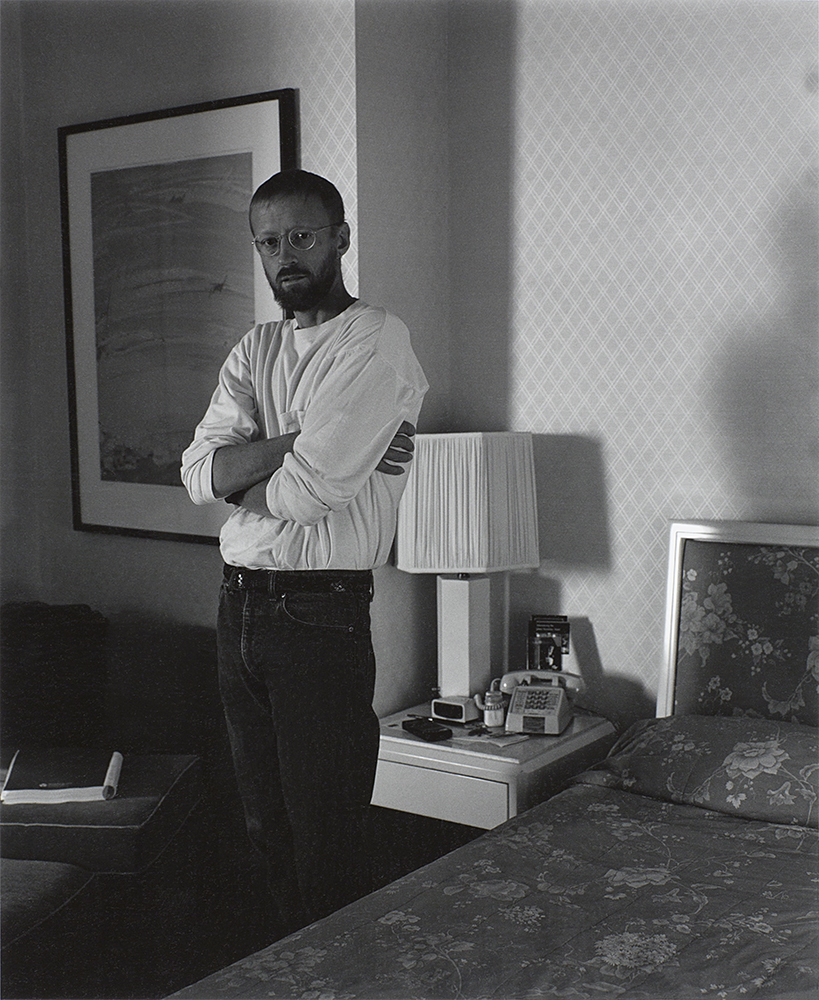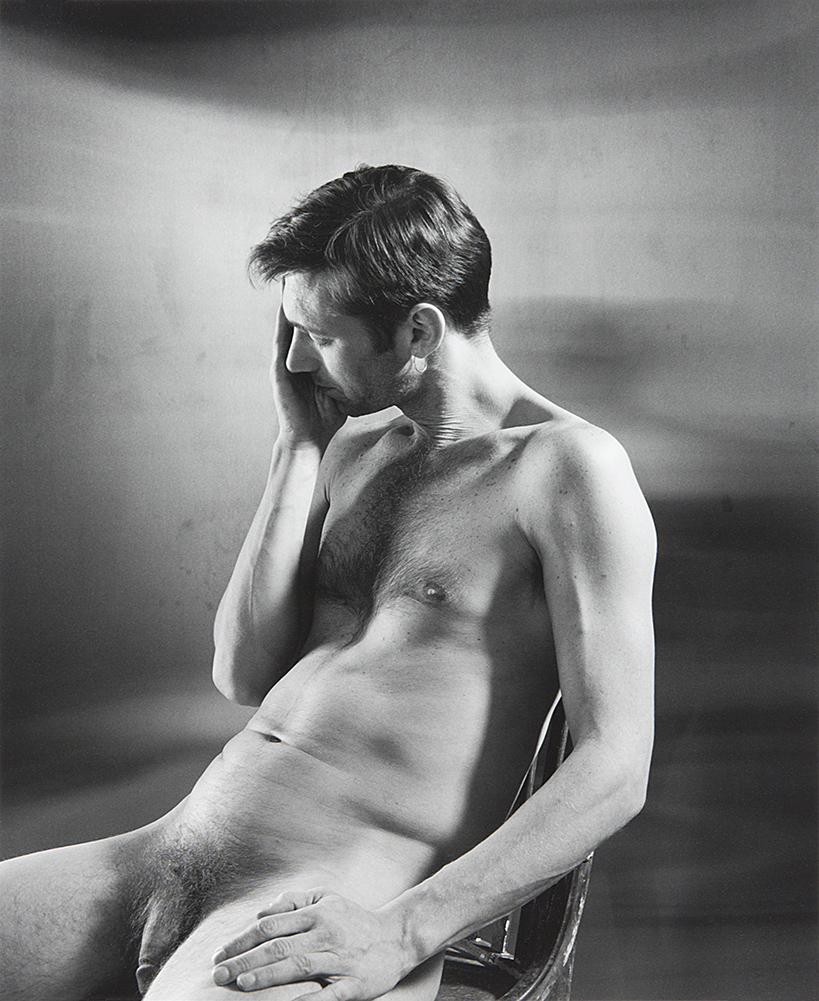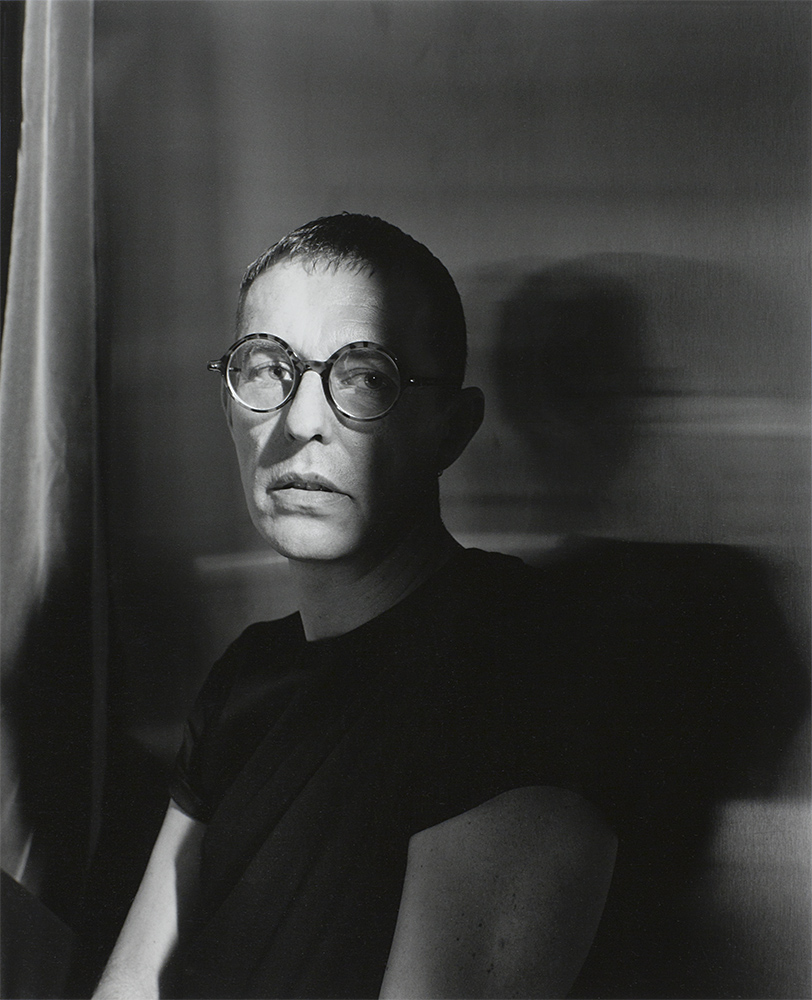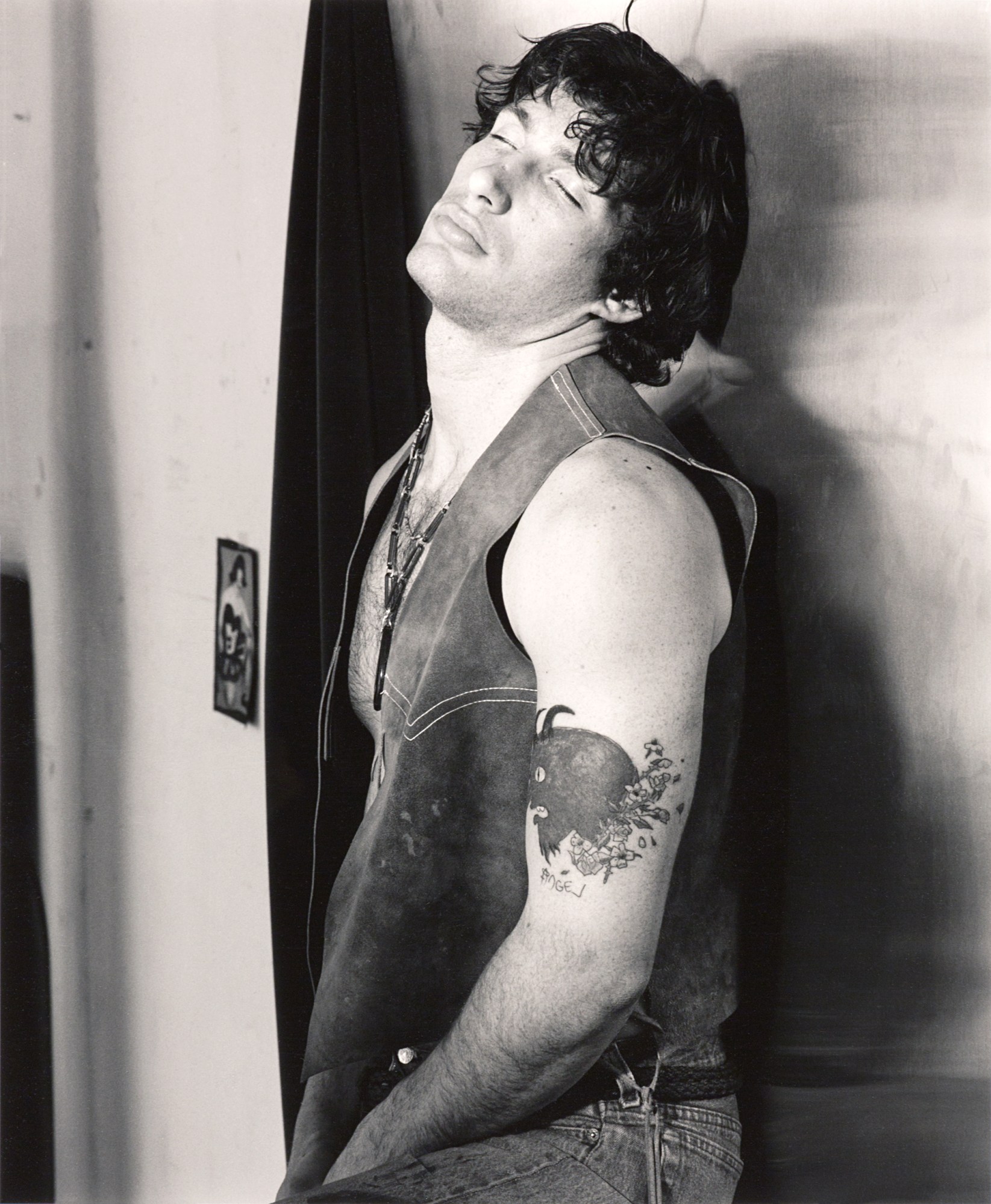It’s estimated that over 156,000 Americans had died of AIDS-related complications by 1991. The worst years were to come. The epidemic reached its apex in 1995, when nearly 50,000 Americans lost their lives. Had it not been for ACT UP (AIDS Coalition to Unleash Power), these numbers would surely be higher. The hugely influential direct action activist group made bold, creative assaults on politicians and public health officials unwilling to react to, or even acknowledge, one of the most devastating epidemics in modern history.
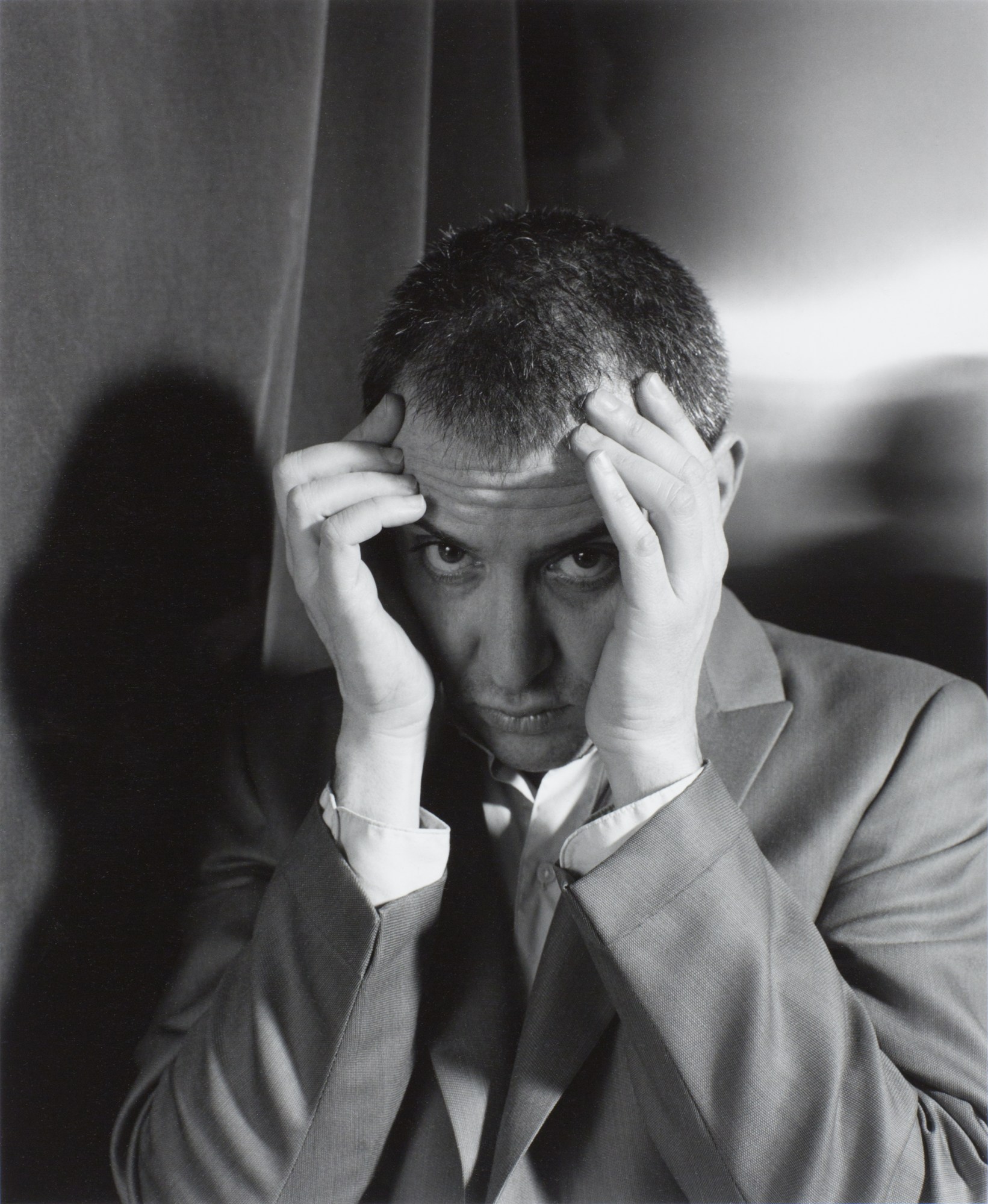
Photographer Stephen Barker first attended an ACT UP meeting in 1988, and spent the following years working in its needle exchange program. Today, 15 never-before-seen portraits Barker made of his fellow activists go on view at Daniel Cooney Fine Art in New York. Barker shot these black-and-white photographs between 1991 and 1994. Many of the pictures feature fellow needle exchange “foot soldiers,” as well as members of educational branches.
At the time, it seemed natural for Barker to document his friends and the activist network they were embedded in. (After all, ACT UP’s urgency brought together generations of creative minds — writers, photojournalists, artists, marketing geniuses). But it was only recently, Barker told Time, that he began to see the photographs with a new significance. “There’s a lot of anger, a lot of push and pull and the heat of the moment and confrontations, and it’s terribly important, but there’s something behind all of that. There’s an understanding of the people involved that they are actors in history.”
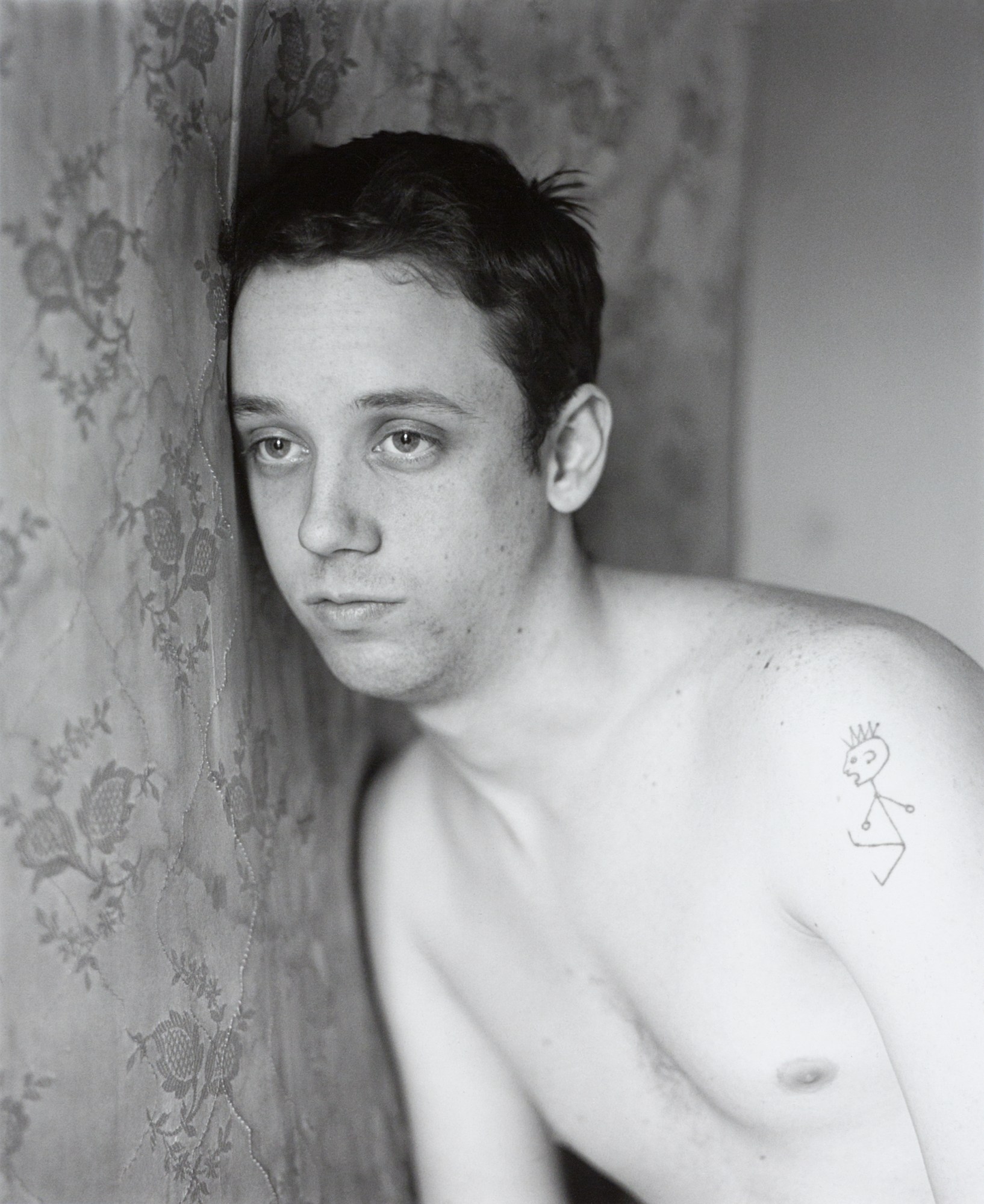
In this series, Barker captures the frustration, fear, sadness, love, strength, and persistence of his subjects. (His photo of Mark Harrington and Gregg Gonsalves lying together in their hotel room at the 1992 AIDS Clinical Trial Group Conference is heartbreaking). But that purposeful anger is what makes the photographs feel so vital. It is very much present in Barker’s intense and beautiful portrait of Rod Sorge, a champion of harm reduction for drug users who died at just 30-years-old.
In addition to the portraits, the show also marks the release of Funeral March, a handmade artists’ book of documentary snaps Barker shot in 1992, when ACT UP activists carried the body of Mark Lowe Fisher up 6th Avenue to New York City’s Republican National Committee headquarters on the eve of the presidential election.
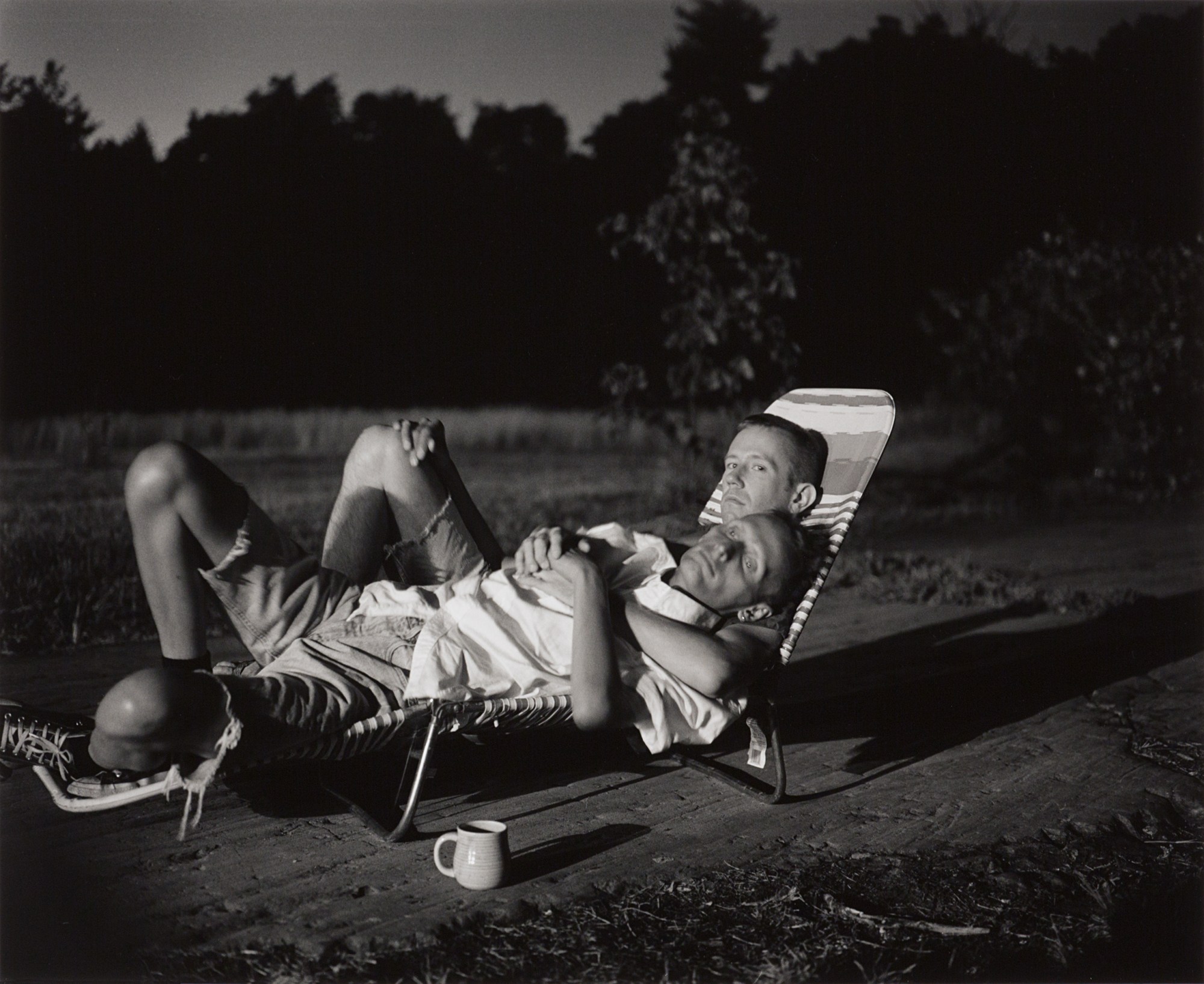
“I want to show the reality of my death, to display my body in public; I want the public to bear witness,” Fisher wrote before his death, calling upon his fellow activists to stage a highly visible procession. (Artist David Wojnarowicz died the same year, and also had a Political Funeral). “We are not just spiraling statistics; we are people who have lives, who have purpose, who have lovers, friends and families. And we are dying of a disease maintained by a degree of criminal neglect so enormous that it amounts to genocide.”
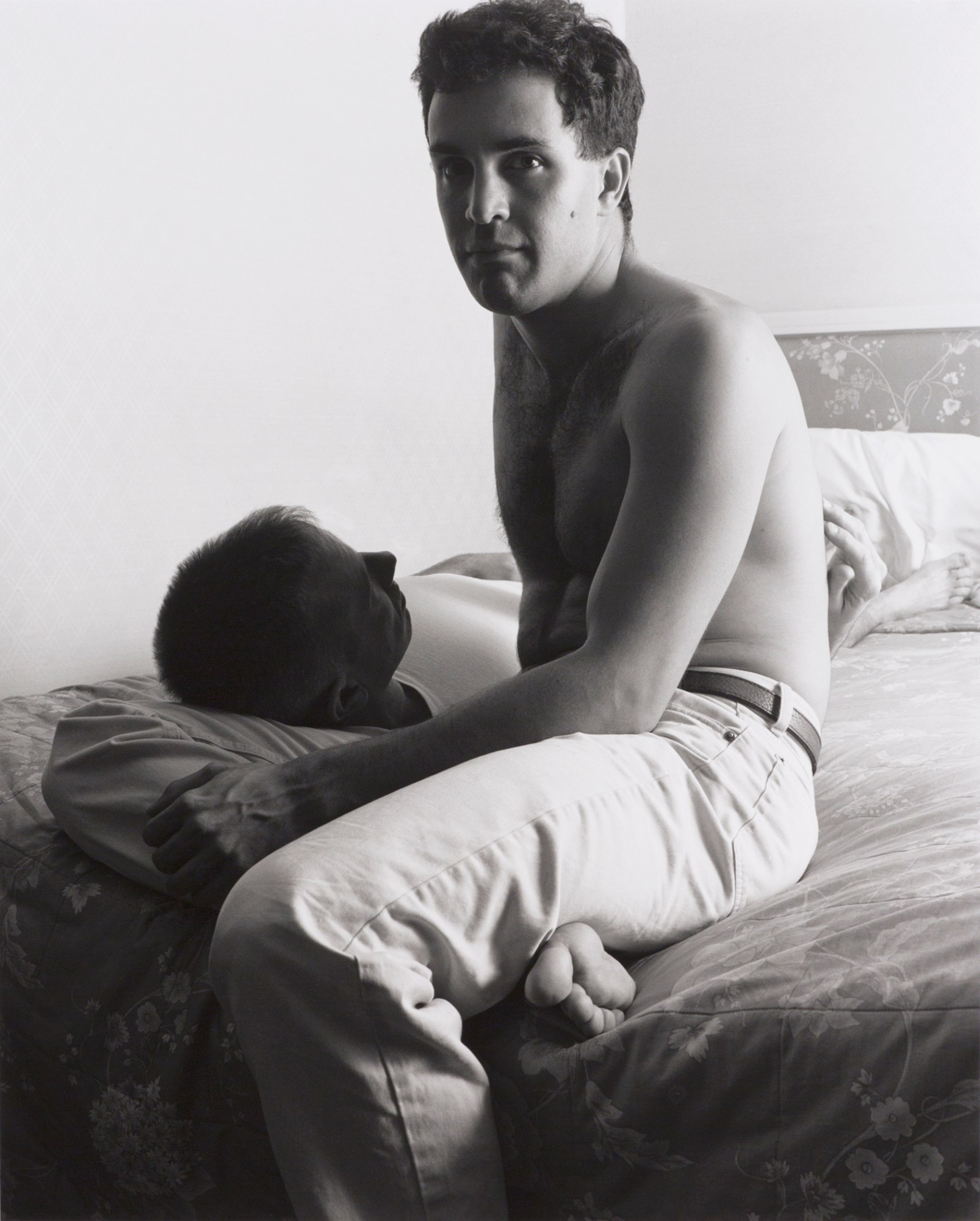
Barker’s photographs feel all the more significant in today’s volatile political and cultural climate. And ACT UP’s strategies continue to influence a new generation of activists. Silence still equals death.
‘The ACT UP Portraits: Activists and Avatars, 1991-1994’ is on view at Daniel Cooney Fine Art through October 28, 2017. More information here.

Jay Funk (1958-1994), ACT UP Surrender Dorothy!, 1993
